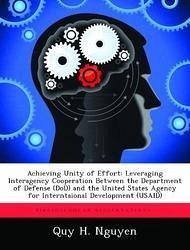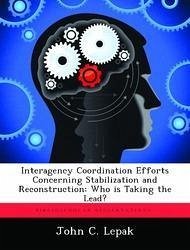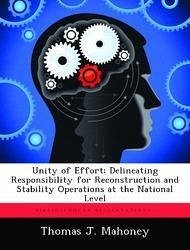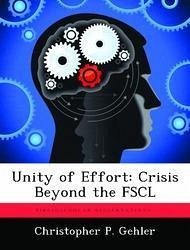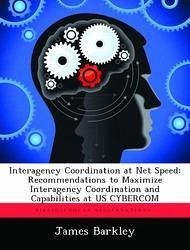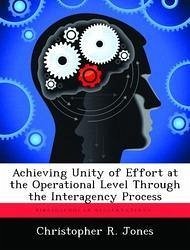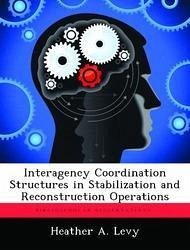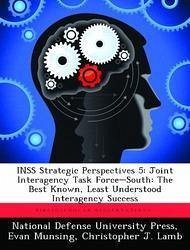Nicht lieferbar
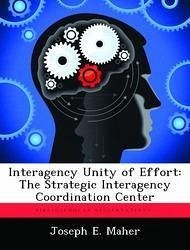
Interagency Unity of Effort: The Strategic Interagency Coordination Center
Versandkostenfrei!
Nicht lieferbar
Transnational terrorism, as well as other forms of international crime, affects domestic, regional, and global stability. The magnitude, geographical dispersion, and unknown relationships between various transnational threats are such that no one department, agency, or staff has the sufficient resources or expertise to comprehend and respond to all requirements. As our challenges are expanding in size and scope, so too, must our interagency processes be flexible, adaptive, and efficient. To that end, we must develop a system that provides responsive interagency intelligence and information to ...
Transnational terrorism, as well as other forms of international crime, affects domestic, regional, and global stability. The magnitude, geographical dispersion, and unknown relationships between various transnational threats are such that no one department, agency, or staff has the sufficient resources or expertise to comprehend and respond to all requirements. As our challenges are expanding in size and scope, so too, must our interagency processes be flexible, adaptive, and efficient. To that end, we must develop a system that provides responsive interagency intelligence and information to the appropriate federal departments and agencies. The system must be standardized and enforceable within the federal bureaucracy so as to enhance unity of effort, yet must never impinge on the authority of elected or appointed officials. A responsive interagency system that is proficient in both deliberate and crisis action planning is the only method of leveraging all appropriate government assets necessary to engage the full depth and breadth of our national security threats. The purpose of this research paper, then, is to provide an analysis of the interagency process at the strategic level-from the origins of its inefficiencies to recommendations that directly impact systemic faults. This work has been selected by scholars as being culturally important, and is part of the knowledge base of civilization as we know it. This work was reproduced from the original artifact, and remains as true to the original work as possible. Therefore, you will see the original copyright references, library stamps (as most of these works have been housed in our most important libraries around the world), and other notations in the work. This work is in the public domain in the United States of America, and possibly other nations. Within the United States, you may freely copy and distribute this work, as no entity (individual or corporate) has a copyright on the body of the work. As a reproduction of a historical artifact, this work may contain missing or blurred pages, poor pictures, errant marks, etc. Scholars believe, and we concur, that this work is important enough to be preserved, reproduced, and made generally available to the public. We appreciate your support of the preservation process, and thank you for being an important part of keeping this knowledge alive and relevant.




